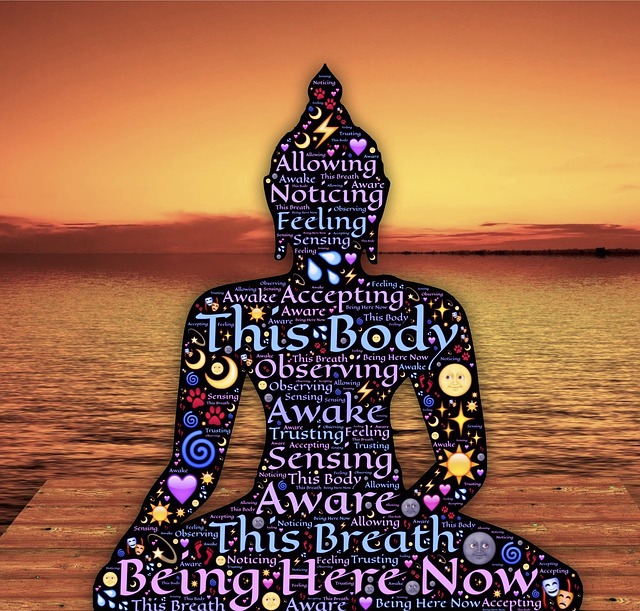Introduction
Breathing is one of the most important and fundamental actions we take every day, yet we often take it for granted. Not only does proper breathing support vital functions, but it can also be used to strengthen the core muscles. The purpose of this article is to explore how different breathing practices can be used to condition the body and build core muscles. Whether you are a beginner or are already familiar with breathing exercise, you’ll find something here to help you get the most out of your workout.
Types of Breathing
Slow, Deep Breathing
Slow, deep breathing is a great way to get the body ready and rested for activity. It helps to relax muscle tension, lower heart rate and blood pressure, and reduce stress. It is also a great practice for learning how to “feel” and control your breath. To perform slow, deep breathing, inhale slowly and deeply through the nose while your stomach expands and contract during each breath. Then, slowly exhale through the nose while maintaining your stomach’s contraction. Repeat this process a few times until you feel relaxed and focused.
Alternating-Nostril Breathing
Alternating-nostril breathing is an effective technique for balancing the left and right sides of the brain. To perform this exercise, simply use your thumb and index finger of your right hand to alternately close off each nostril as you inhale and exhale through it. Inhale for 4 counts, close your right nostril with your thumb and exhale for 8 counts out of your left nostril. Then, inhale for 4 counts out of the left nostril and exhale for 8 counts out of the right nostril. Continue this process for several minutes to feel the calming, balancing effects.
Diaphragmatic Breathing
Diaphragmatic breathing is a great way to activate the entire core and build strength in the abdominal muscles. To perform this exercise, sit up straight and place one hand on your abdomen. Place the other hand over your ribcage. Slowly inhale deeply through the nose, pushing your abdomen and chest out while your hands move outward. Hold your breath for a few seconds. Then, slowly exhale through the mouth, drawing your abdomen and chest in as your hands move inward. Focus your attention on the rise and fall of your abdomen and chest as you slowly breath in and out. Continue this exercise for several minutes.
Benefits of Breathing Practices
Improved Muscle Strength
By focusing on your breath during exercise, you can help to engage and activate your core muscles as well as other muscles throughout your body. This can help you to perform exercises more effectively and quickly develop stronger muscles.
Improved Balance and Coordination
Not only will breathing help to develop muscle strength, but it can also help to improve balance and coordination. By focusing on your breath, you can help to increase your body’s awareness and make it easier to move through space.
Reduced Anxiety and Stress
By practicing slow and deep breathing consistently, you can help to reduce stress and anxiety levels. Deep breathing helps to lower blood pressure and heart rate, which can help to calm the body and mind.
People Also Ask
What muscles are used when breathing?
When breathing, the intercostal muscles between the ribs, the diaphragm, the abdominal muscles, and the glottis muscles in the throat are all involved in the process.
How often should you do breathing exercises?
It is beneficial to practice breathing exercises daily, even if it is just for a few minutes each day. The more you practice, the more your body can get used to the feeling and you can reap more of the benefits.
How do I strengthen my core by breathing?
By practicing diaphragmatic and alternating-nostril breathing, the core muscles are activated and strengthened. Focusing on and controlling your breath while engaging the core muscles can help to build strength in the abdominal muscles.
Can breathing help with relaxation?
Yes, proper breathing can help with relaxation. Slow and deep breathing can help to reduce stress and relax the body and mind. It can also help to lower heart rate and blood pressure.
Final Words
Breathing is an important part of our day-to-day health, and it can also be used to build and strengthen core muscles. Different breathing practices can be used to activate the core, improve balance and coordination, reduce anxiety and stress, and condition the body. By dedicating a few minutes to breathing exercises each day, you can start seeing the benefits in no time.

